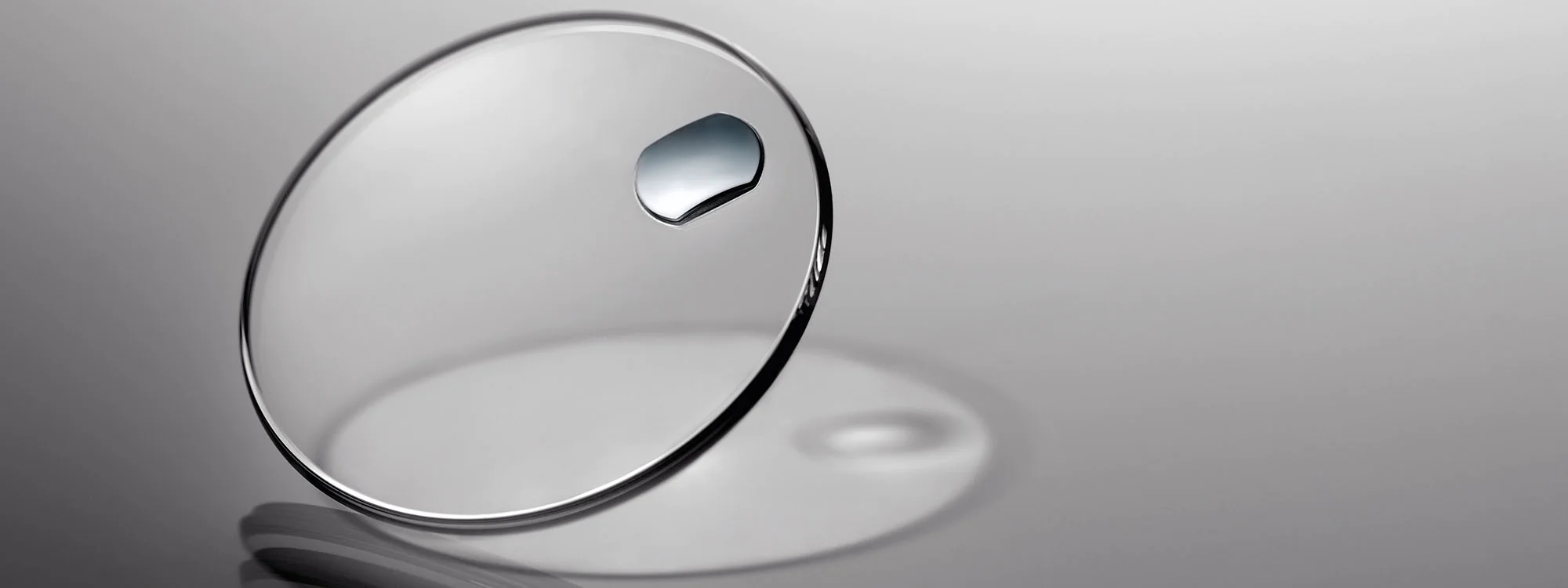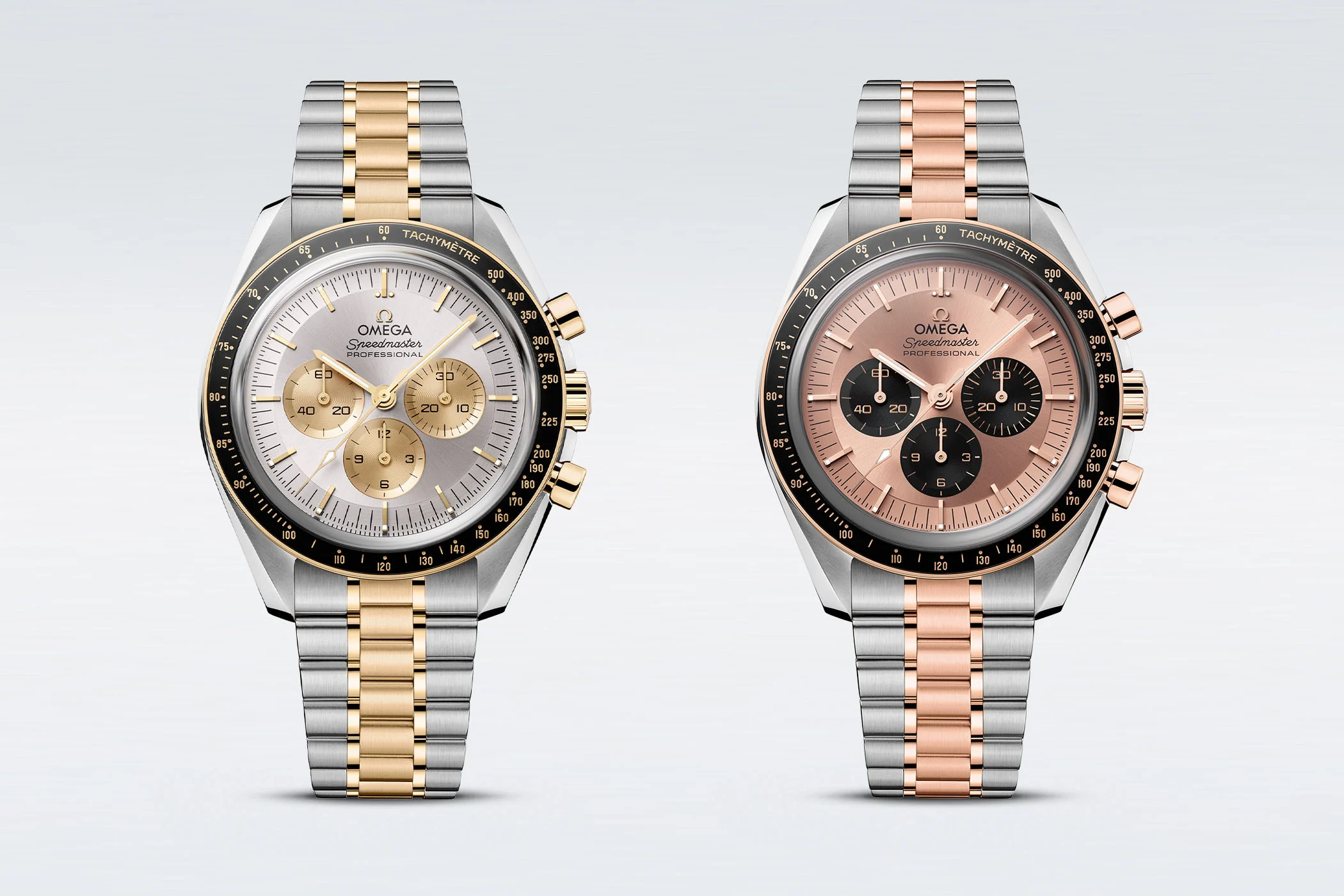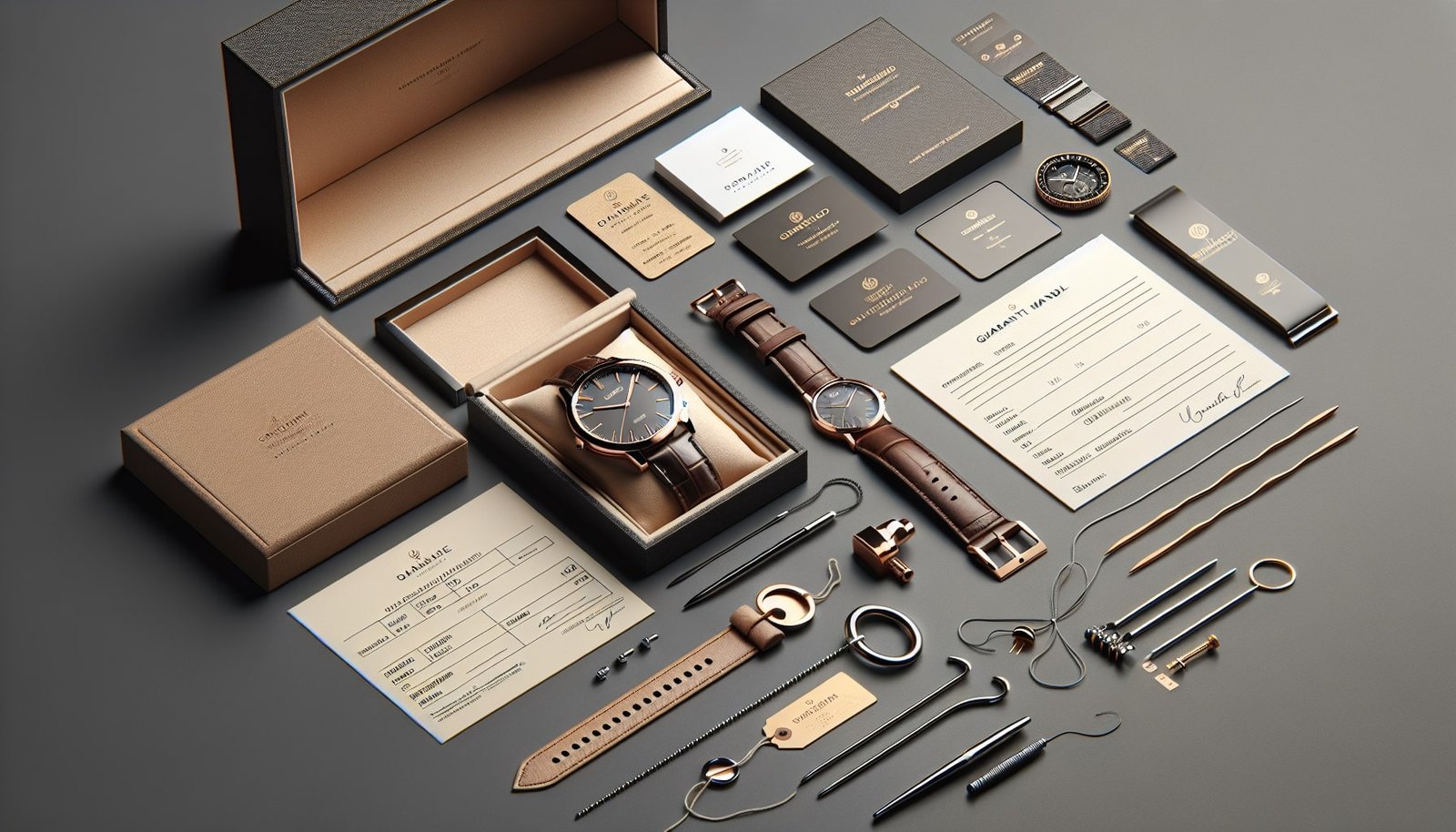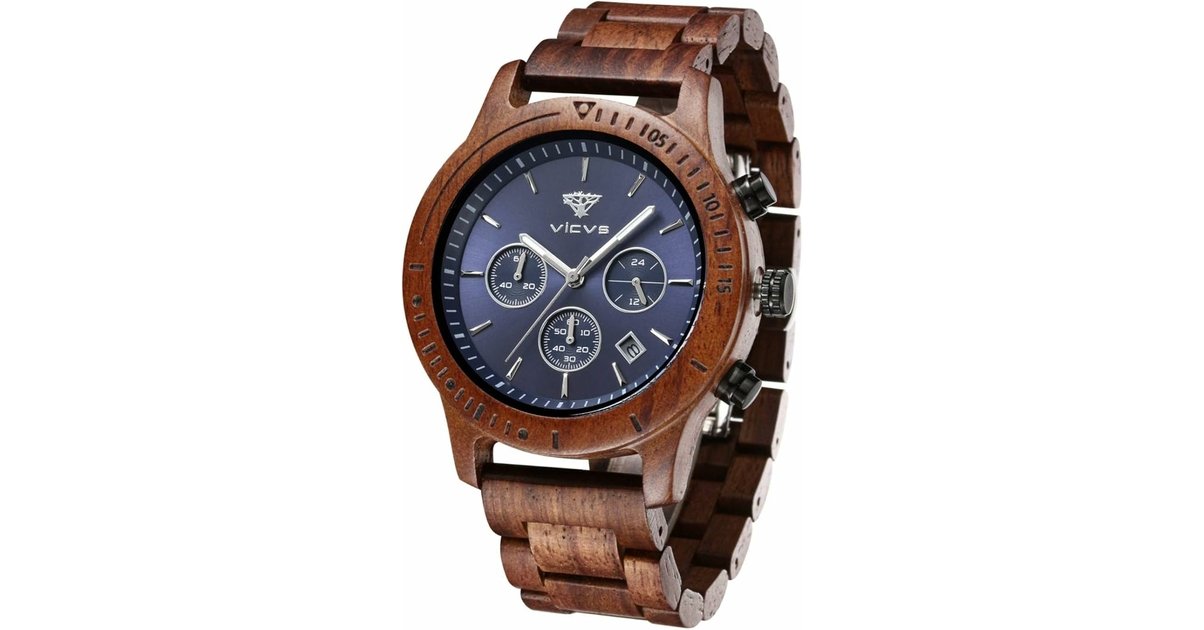Table of Contents
Today friends I decided to resume a little the articles dealing with technical subjects in watchmaking. When I say “technical” I don’t mean complicated, but I mean that I’m going to offer you more articles that explain the basics of watchmaking. Like here different watch glasses or tomorrow, why not talk about the different types of steel used in watchmaking and so on…
Now that this little intro is done, let’s get down to business. As a watch lover or enthusiast, I’m sure you’ve all heard of sapphire glass, hesalite glass, plexi or other. But then in the end, how many different watch glasses are there and above all what are their qualities? Their flaws?
Acrylic or hesalite glass
Acrylic glassalso called Hesalite glass or Plexiglasis the most economic to design. It is neither more nor less than a glass derived from plastic. Acrylic glass is a very malleable and relatively light glass, but unfortunately it is not very strong. Indeed, this type of glass, which is not very resistant to shocks or even scratches, is very easily scratched. It can also break, so be careful of sudden movements and knocks.
On the other hand, being a malleable plastic glass will allow it to be polished more easily. This is a significant advantage since you will only need to apply a little Polywatch to recover the few scratches or micro-scratches on your acrylic glass.
This type of glass has a hardness of about 500 on the Vickers scale. This scale is used to measure the hardness and solidity of several types of materials, including glass. The acrylic glass is a crystal that is therefore very often found on entry level watches (like a swatch for example). However, it is also found a lot on vintage watches because at the time the sapphire crystal was not yet democratized.
Advantages & Disadvantages of Acrylic Glass
✅ Easy to produce
✅ Inexpensive
✅ Easy to polish
✅ Little thought
❌ Scratches very easily
❌ Can break due to a shock
Mineral glass for watches

The mineral glass is a type of glass widely used in watchmaking, it is much stronger than acrylic glass but it is not the strongest glass for all that. This glass is a “natural” glass, that is to say without chemical modification, but on the other hand mineral glass often undergoes various heat treatments in order to increase its resistance to scratches.
It is certainly more resistant than acrylic glass, but the big problem is that it is very hard to polish it to erase traces of wear or scratches. It will most often be necessary to completely change the glass. On the Vickers scale, mineral glass has a hardness of about 700.
This type of glass is found on entry-level and mid-range watches. The Seiko brand has even developed its own mineral glass. It is tempered mineral glass which offers better resistance, it is called glass Hardlex.
Advantages & Disadvantages of Mineral Glass
✅ Easy to produce
✅ More natural
✅ Resists scratches better
✅ Little thought
✅ Good value for money
❌ More complicated to polish
❌ Can break due to a shock
Sapphire crystal in watchmaking
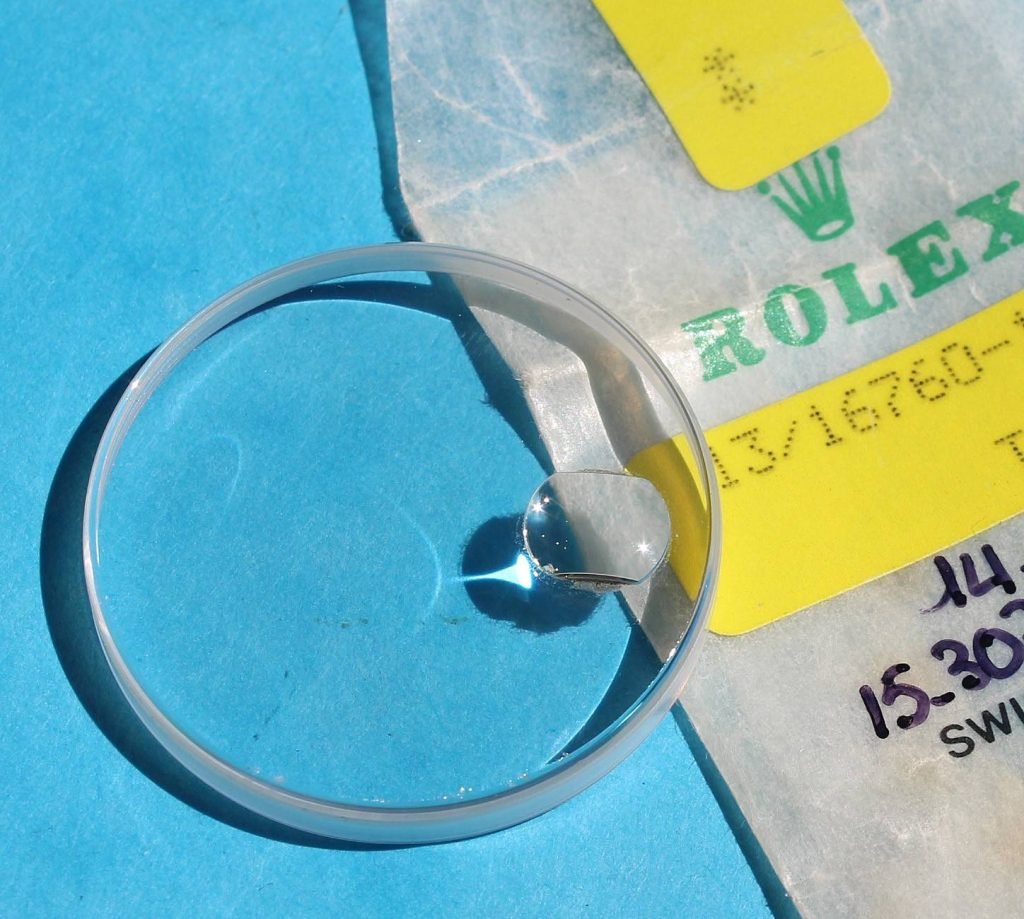
Now let’s move on to the famous sapphire crystal which is none other than the strongest glass used in watchmaking. This is the watch glass most used on high-end watches, but not only, since it is found more and more on watches worth the 500-600€.
Sapphire crystal is not only the strongest glass, it is also the most expensive to produce. It is a synthetic compound which is obtained with crystallized aluminum oxide heated to more than 2050° and all under high pressure. This technique of synthesizing sapphire crystal came to light thanks to a French chemist: Auguste Victor Verneuil.
With this technique and this chemical manufacturing process, this glass manages to obtain the same characteristics as sapphire, hence its name sapphire crystal. The sapphire crystal is ultra-resistant, it breaks only very rarely and above all it is almost scratchproof. It has a hardness of more than 2400 on the Vickers scale. You can wear your watch without fear, especially when you know that sapphire crystal is the second hardest material after diamond.
The sapphire crystal, on the other hand, is more complicated to work so if you scratch it (which is relatively rare) you will have a really hard time polishing it to catch up.
Advantages & Disadvantages of Sapphire crystal
✅ High quality glass
✅ Scratch-resistant glass
✅ Very shock resistant
❌ More complicated to produce
❌ Almost impossible to polish
❌ More expensive
❌ Need anti-reflective coating
Anti-reflective watch glassess
Now that you have become knowledgeable about the different types of watch glass, we are going to talk a little about this famous anti-reflective coating. Basically, there are several types of treatment applicable to a watch glass, whether it is sapphire, mineral or even acrylic glass. Some mineral or sapphire glasses have in addition to their hardness anti-scratch treatments to increase their solidity.
On a sapphire crystal we find more and more a so-called anti-reflective treatment. You know that if a light source like the sun, or an ambient light is projected on a glass surface then BAM…there will be reflections. These reflections will alter the readability of the watch and above all they may annoy you when you decide to take a nice photo of your watch on your wrist (a wristshot for friends).
For this, the brands come to apply a layer of a treatment that will reduce reflections from the sapphire crystal. Most often this treatment contains oxides, silica, etc. Several layers can be applied to the exterior but also the interior face of the watch crystal. It will really strengthen the anti-reflective effect.
Note that although these techniques work relatively well and marks like Rolex, Omega or Frédérique Constant opt for anti-reflective treatments, this does not mean that you will have zero reflection on your watch glass. Even with a very good treatment, it is not so easy to achieve a beautiful result.
So that’s it for this article which deals with the different watch glasses. I hope you now see a little more clearly on this subject. Note that each type of glass corresponds to a budget and this may help you with your next purchase.
Anyway, I can only advise you to opt for a sapphire crystal in order to be calm and avoid any problem. Small, medium or large watchmaking companies are increasingly opting for sapphire crystal.
See you soon!
